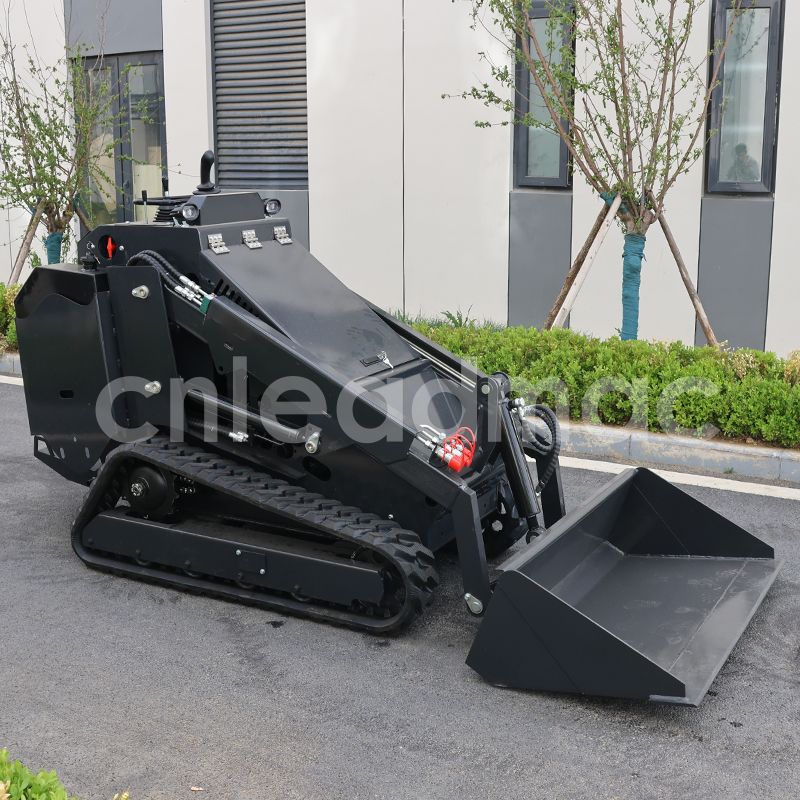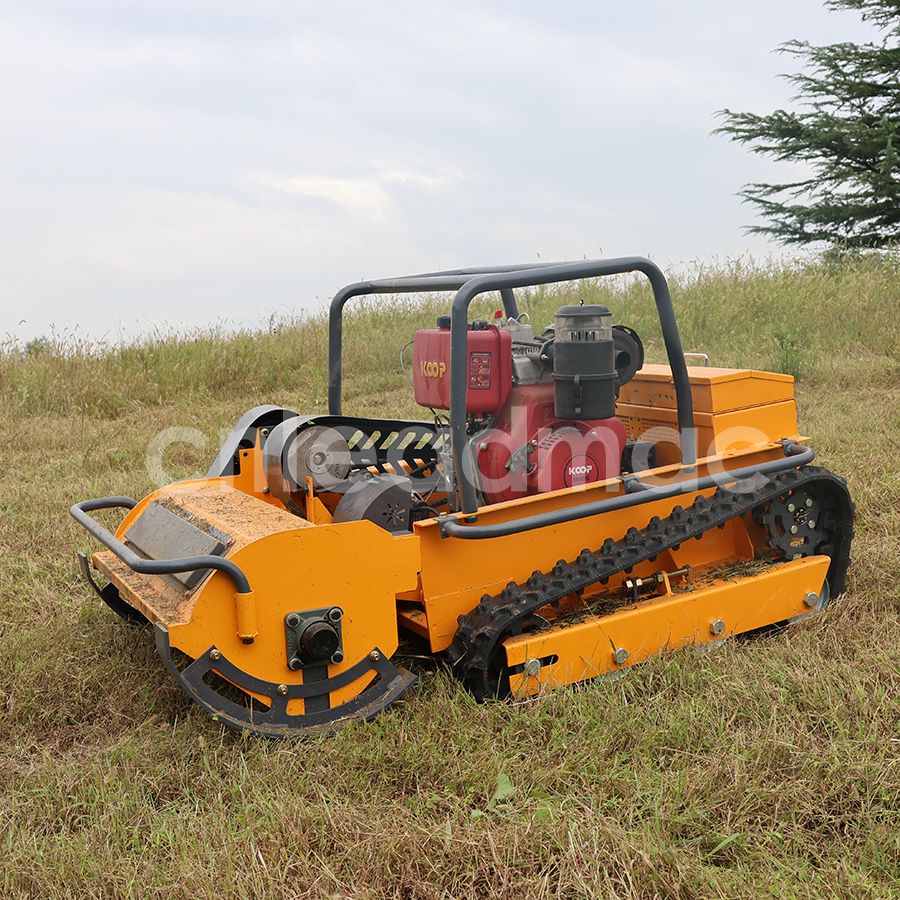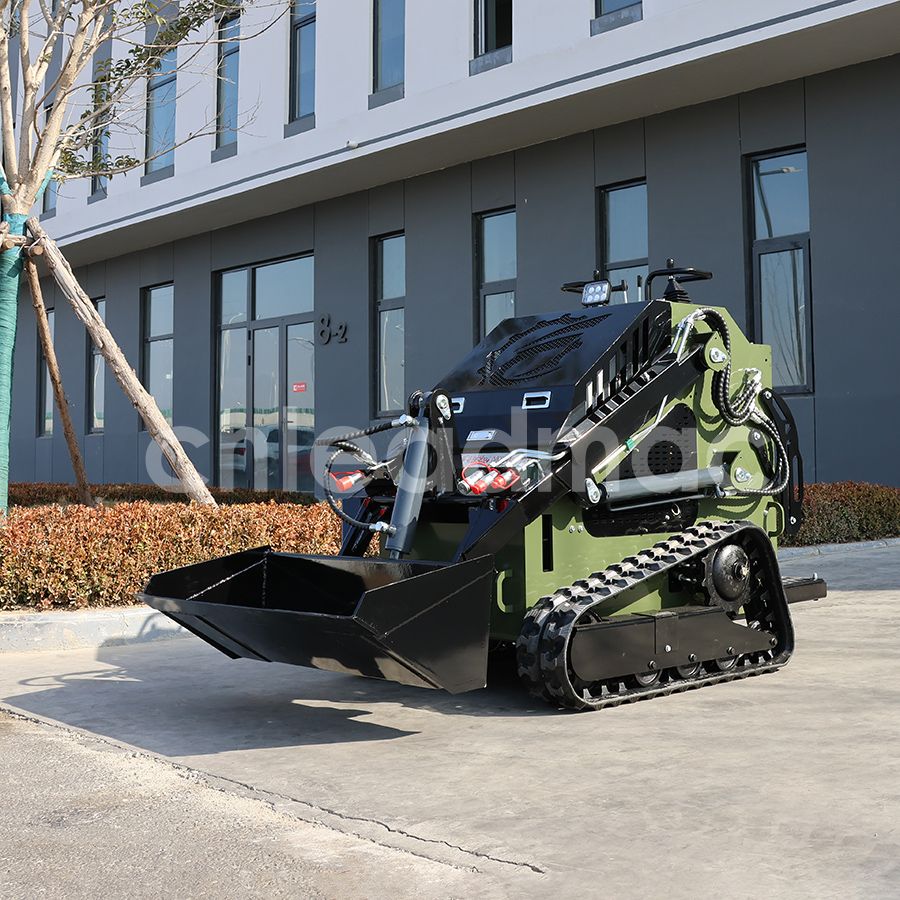
Before using a small loader, some checks need to be carried out to ensure that the machine does not operate when the machinery stops rotating. Only by completing these checks can the mining small loader play its most important role during the operation, preventing mechanical failures during the operation. The main inspection tasks are as follows:
1. Inspect the power system: Ensure that the cables and connectors are in good condition, the connection lines should be properly connected, and there should be no damage such as burning, loosening, etc.
2. Inspect the hydraulic system: Ensure that all components of the hydraulic system and their connecting lines are securely fastened and properly connected to prevent leakage, and that the hydraulic oil level meets the requirements.
3. Check the operating system: Ensure that the control handle is in the middle position, allowing for smooth operation and no stuck phenomenon.
4. Inspection of the conveying system: The conveyor belt should be in good condition, with an appropriate tension level. The rollers should be flexible and not prone to bending. There should be no abnormal sounds during operation.
5. During the operation: if braking is required, the pedal valve should be placed in the middle position, which means braking. If a long-term stop is needed, the top plate should be pressed onto the floor.
6. For the mining mining small loader: an alarm bell needs to be activated as a warning signal when it is starting or reversing, in order to prevent any accidents.
Many large coal mines will use small rock loaders to load coal stones according to the construction site and operation requirements. To ensure the safety and smoothness of the construction, safety technical measures should be formulated. The six checks before using the small rock loader are the preparatory work for the operation.
1. The tail wheel is securely fastened. Check if the steel wire rope is in good condition, whether it has slipped out of the pulley groove and got stuck, and whether it is on the drum.
2. Is the operating mechanism flexible? Is the brake belt tight and appropriate? Is the installation of the small loader in accordance with the operating procedures? Are the mechanical, electrical and signaling systems functioning properly?
3. Is the working range of the stone filling machine artificially defined? The position of the fixed stone loading machine is safe. Any problems should be identified and dealt with promptly. No hidden dangers are allowed to exist. Mastering these points can effectively enhance the safety awareness during construction and ensure safe operation.
How to choose and purchase a small loader?
1.Before purchasing, one should first understand whether it is suitable for the working environment or the loader. The loader is applicable to industries such as metal and non-metal mines, mines, hydropower stations, diversion tunnels, diversion tunnels, railway engineering tunnels, etc. with a size of 2m x 2m or larger. It is used for various mining, transportation and loading operations of ores, minerals, mud, slurry and soil.
2. Whether to modify the loader or not depends on the working environment. Factors such as the length of the holes are usually taken into consideration.
3. Many manufacturers prefer those with high reputation and high quality. The after-sales service provided by the manufacturers, as well as training on the use and basic maintenance of the machines.
 Should You Choose An Electric
Should You Choose An Electric
 Five Things To Check On Your S
Five Things To Check On Your S
 Revolutionizing Garden Care: T
Revolutionizing Garden Care: T
 Which Skid Steer Loader Is Bes
Which Skid Steer Loader Is Bes